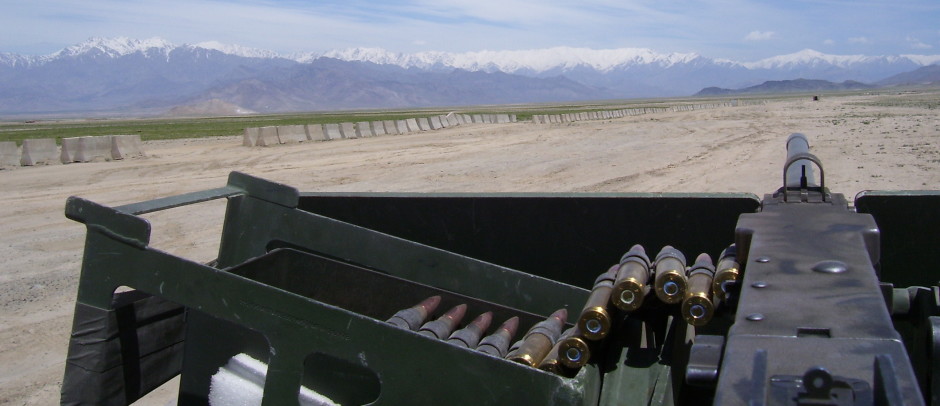To legally buy a firearm in California:
- You have to be 18 to buy a long gun
- You have to be 21 to buy a handgun
- You must have a State driver’s license or I.D. card
- Complete ATF Form 4473 with no disqualifying answers to questions
- You must pass the Federal NICS background check
- You must have a California State-issued Firearm Safety Certificate
- Complete the California Dealer Record of Sale document
- Perform a safe handling demonstration with firearm being purchased
- Firearm must be sold with a firearms safety device (trigger lock)
- You can only buy one handgun every 30 days
- There is a mandatory 10-day waiting period before picking up a gun
- You can only buy handguns found on the California DOJ approved list
- You can only buy long guns not considered assault weapons by CA DOJ
- There are no gun shows sales or private gun sales in the State
- Private Party Transfers are legal but:
- Must be done by a licensed California dealer
- Buyer and seller complete documents at licensed dealership
- Seller delivers the firearm to the dealer
- dealer retains possession of the firearm for 10-day waiting period
- Not required for transfer between close family members
Note: The first five requirements are true for most every State. The rest are California specific requirements.
Additionally, if you move to California with a previously owned weapon, you must inform the state DOJ or get rid of it.
To buy a gun illegally in California:
- Give money to a someone selling a gun
- He gives you a gun
- You are now a criminal regardless of what you do with the gun
As far as how you can legally use your weapon:
- You may keep it on your own property or business loaded or unloaded.
- You can legally transport handguns only when they are unloaded.
- Handguns must be stored in a locked container, which includes your trunk.
- Long guns must be unloaded while transported.
- Concealed weapons are banned on state schools and universities.
- You must have a license to carry a handgun concealed upon your person.
- You must have a license to conceal a handgun in a vehicle.
- It is illegal to carry an unloaded handgun in a public place or public street.
- It is illegal to carry a loaded firearm or have one in a vehicle in any place where it is unlawful to discharge a firearm.
- In order to determine whether a firearm is loaded, police are authorized to examine firearms carried by or in vehicles while in any public place. Refusal to allow inspection is grounds for arrest.
- There is a legal process to where family members can temporarily bar relatives from obtaining or possessing firearms if the family “thinks” the member is unstable.
Getting approved for a concealed carry license is up to local authorities. It is nearly impossible in many areas of California to obtain one. Only around 70,000 concealed carry licenses exist statewide. With around 29 million adults in the state, that is 0.12% of the adult population. In comparison, Texas with an adult population of approximately 20 million has issued nearly 800,000 permits or 3.65%. As in New York, it has nothing to do with need; it’s who you know or who you are.
In 1989, California banned long guns it classifies as “assault weapons”. The actual definition of “assault weapons” seems to change on a regular basis to include more and more weapons. What was legal five, ten or fifteen years ago may not be legal any more.
Under Bill Clinton’s 1994 Assault Weapon Ban, any semi-automatic rifle able to accept detachable magazines and two or more of the following features was considered an assault weapon and banned:
- Folding or telescoping stock
- Pistol grip
- Bayonet mount
- Flash suppressor, or threaded barrel
- Grenade launcher mount (how will we get by without these!)
In a counter-move, to comply with the law but still be able to sell rifles, manufactures used non-folding stocks, removed the bayonet stud and flash suppressor and used unthreaded barrels. Somehow, this supposedly made the weapons less lethal (what a joke).
California felt their 1989 law and the 1994 law didn’t go far enough and decided any rifle with a pistol grip was an assault weapon and would be banned. Gun owners countered with these ridiculous looking, but legal guns:
California came back with the bullet button (see Bullet Button) and eventually the ten round magazine limit. Today, pretty much any semi-automatic rifle with a detachable magazine can be construed as being an assault weapon.
But none of this stopped the San Bernardino shooters.

